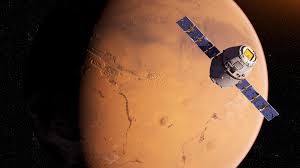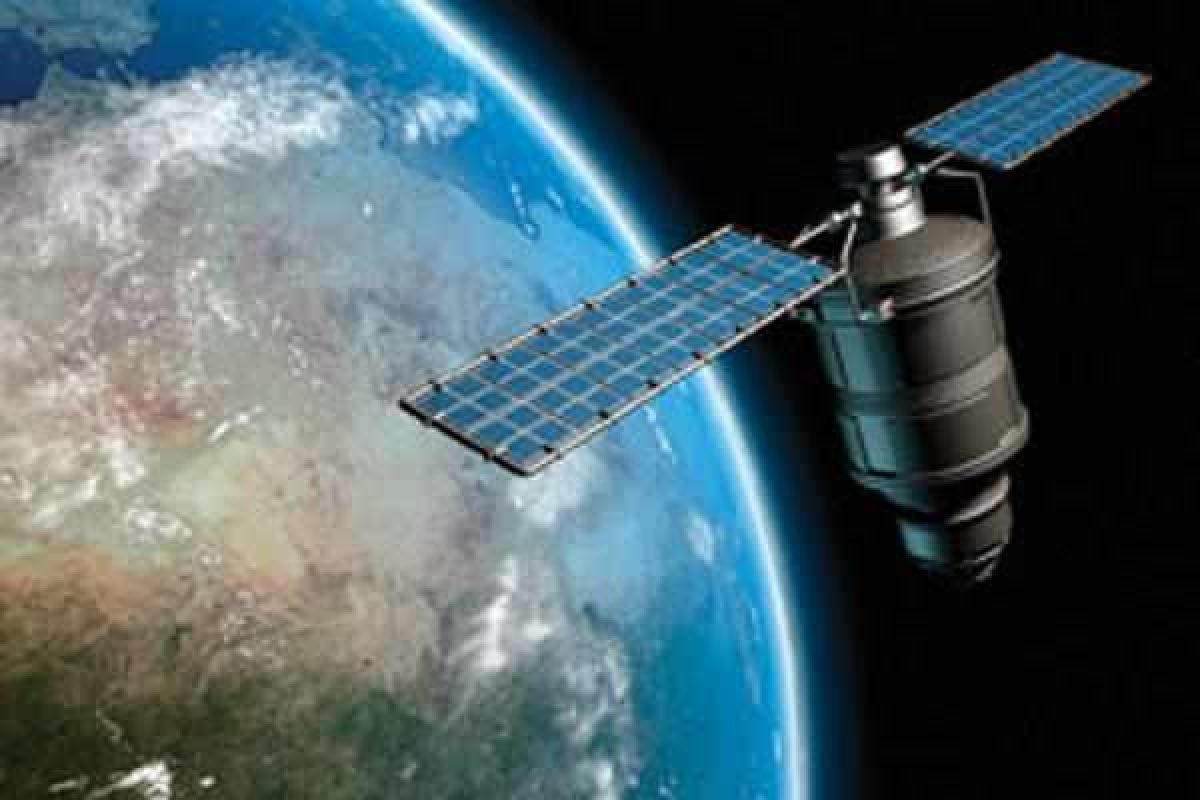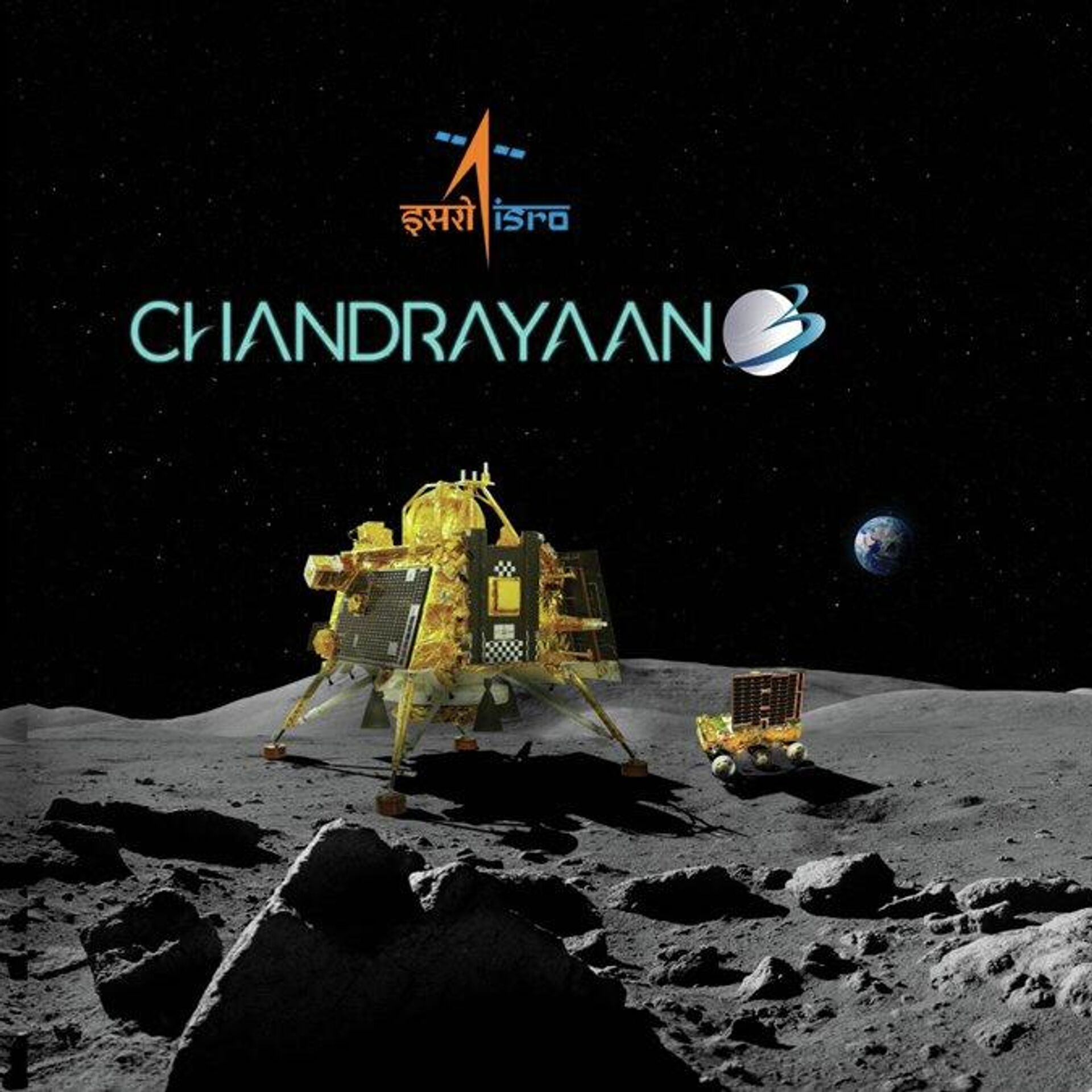Top 10 ISRO Missions that Changed the Face of Space Exploration
Blogs Home
- 26 Aug 2024

The Indian Space Research Organisation (ISRO) was officially established on August 15, 1969, under the visionary leadership of Dr. Vikram Sarabhai, often regarded as the father of the Indian space program. The formation of ISRO marked the beginning of India’s ambitious journey into space, driven by the need to harness space technology for national development and scientific advancement. From its humble beginnings, ISRO has evolved into a formidable force in global space exploration, known for its innovative approaches and cost-effective missions.
1. Aryabhata (1975)
Aryabhata, India’s first satellite, was launched on April 19, 1975, from the Soviet Union’s Kapustin Yar using a Kosmos-3M launch vehicle. This 360-kilogram satellite was primarily designed for conducting scientific experiments in X-ray astronomy, solar physics, and aeronomy. Although Aryabhata faced technical issues shortly after reaching orbit, leading to the loss of onboard telemetry data, it was a critical achievement for ISRO. The mission marked the beginning of India’s foray into space, providing valuable lessons in satellite design, fabrication, and operation, which paved the way for future missions.
2. SLV-3 (1980)
Launched on July 18, 1980, the Satellite Launch Vehicle-3 (SLV-3) was India's first indigenous satellite launch vehicle. This mission successfully placed the Rohini satellite into orbit, marking a historic milestone as India’s first homegrown satellite launch. The success of SLV-3 not only demonstrated India’s capability to design and build its own launch vehicles but also laid the foundation for the development of more advanced launch systems, propelling India into the global arena of space exploration. This mission was a turning point that transformed ISRO into a key player in the global space community.
3. RISAT-1 (2012)
RISAT-1, launched on April 26, 2012, aboard a PSLV-C19 rocket from the Satish Dhawan Space Centre, was India’s first radar imaging satellite. It operates in the C-band and provides all-weather surveillance capabilities, making it particularly useful for agricultural monitoring, forestry, soil moisture estimation, and disaster management. The synthetic aperture radar (SAR) onboard RISAT-1 allows it to capture high-resolution images of the Earth’s surface, even through clouds and rain, which is critical for effective monitoring during natural disasters like floods and cyclones. RISAT-1 has significantly bolstered India’s remote sensing capabilities, providing crucial data for both civilian and strategic applications.
4. Mangalyaan (Mars Orbiter Mission) (2013)
Mangalyaan, also known as the Mars Orbiter Mission (MOM), marked a historic milestone in India's space exploration journey. Launched on November 5, 2013, Mangalyaan made India the first country to reach Mars orbit on its first attempt, a feat only achieved by ISRO. The mission was also notable for its cost-effectiveness, with a budget of approximately $74 million, making it one of the least expensive Mars missions ever undertaken.
Mangalyaan's primary objective was to develop the technologies required for interplanetary missions. It carried five scientific instruments to study the Martian surface, morphology, atmosphere, and mineralogy from orbit. Among its key contributions was the study of the Martian atmosphere and the discovery of dust storms on the planet, which provided valuable insights into Mars' climate and potential for future exploration.
The mission also highlighted ISRO's ability to execute complex space missions with remarkable efficiency, earning global acclaim. Mangalyaan continues to be a source of inspiration, demonstrating India's growing capabilities in space technology and exploration, and solidifying ISRO's reputation as a leading space agency on the world stage.
5. GSLV and GSAT Missions (2013, 2018)
The Geosynchronous Satellite Launch Vehicle (GSLV) series, developed by ISRO, marks India's significant strides in launching heavier payloads into geostationary orbit. First launched in 2001 with GSLV-D1, the series demonstrated India's growing expertise in space technology. Notable missions include GSLV-F04 (2007), which successfully placed the INSAT-4CR satellite in orbit, and GSLV-D5 (2014), showcasing the indigenous cryogenic upper stage. The GSLV Mk III-D1 (2017) further enhanced ISRO's capabilities by launching the GSAT-19, India's heaviest satellite, and played a pivotal role in the Chandrayaan-2 mission in 2019, underscoring its importance in India's space exploration efforts.
GSAT-6A, launched on March 29, 2018, from the Satish Dhawan Space Centre in Sriharikota aboard a GSLV Mk II rocket, was a high-power S-band communication satellite designed to provide mobile communication services across India, particularly in remote and underserved regions. Featuring a unique unfurlable antenna, one of the largest ever deployed by ISRO, GSAT-6A aimed to improve connectivity in difficult-to-reach areas, showcasing ISRO's growing expertise in developing sophisticated satellite technologies. Although contact with the satellite was lost shortly after its launch due to a power system anomaly, GSAT-6A still demonstrated ISRO’s commitment to advancing India's communication infrastructure.
GSAT-7, also known as Rukmini, was launched earlier on August 30, 2013, from the European Spaceport in Kourou, French Guiana, aboard an Ariane 5 rocket. This multi-band communication satellite was specifically developed for the Indian Navy to enhance its maritime communication capabilities. GSAT-7 provides real-time, secure communication services across the Indian Ocean Region, enabling seamless connectivity between Indian naval vessels, submarines, and aircraft. This satellite plays a crucial role in strengthening India's maritime security, underlining ISRO’s strategic importance to the nation’s defense and its ability to support military applications through space technology.
6. PSLV and Its C37 Mission (2017)
The Polar Satellite Launch Vehicle (PSLV), first launched in 1993, is India's reliable and versatile launch vehicle developed by ISRO. It has successfully launched numerous satellites into polar orbits, making it a cornerstone of India's space program. The PSLV is known for its cost-effectiveness and precision, capable of launching satellites for both domestic and international clients. Its significance to India is immense, as it has enabled the country to achieve major milestones, including the successful Mars Orbiter Mission (Mangalyaan) in 2013, making India the first Asian country to reach Mars orbit. PSLV's consistent performance has earned it a reputation as one of the most dependable launch vehicles globally.
On February 15, 2017, ISRO's Polar Satellite Launch Vehicle (PSLV) set a world record by successfully deploying 104 satellites in a single mission, PSLV-C37. This remarkable feat included the primary payload, Cartosat-2D, an Earth observation satellite, along with 103 smaller nano-satellites from various countries, including the United States, the United Arab Emirates, and Kazakhstan. The mission showcased ISRO’s advanced launch vehicle technology, particularly the PSLV’s reliability and versatility, which has made it a preferred choice for satellite launches globally. This mission not only underscored India’s growing influence in the commercial space sector but also highlighted ISRO’s ability to efficiently manage complex multi-satellite deployments.
7. NAVIC (2018)
The NAVIC (Navigation with Indian Constellation) system, which became fully operational in 2018, is India's indigenous satellite-based navigation system, comparable to the US Global Positioning System (GPS). The project, which began with the launch of the first satellite IRNSS-1A on July 1, 2013, consists of seven satellites placed in geostationary and geosynchronous orbits. NAVIC provides accurate position information services over India and the surrounding region up to 1,500 kilometers. The system is vital for national security, disaster management, and navigation in remote areas, enhancing India's strategic autonomy in navigation and positioning services.
8. Chandrayaan Missions (2008, 2019 and 2023)
India's Chandrayaan missions have significantly advanced lunar exploration, starting with Chandrayaan-1, launched on October 22, 2008. Chandrayaan-2, launched on July 22, 2019, aimed to explore the Moon's south pole. Building on these experiences, Chandrayaan-3, aimed to achieve a successful soft landing, further enhancing India's contributions to lunar science.
Chandrayaan-1 (2008): Launched on October 22, 2008, from the Satish Dhawan Space Centre in Sriharikota using a PSLV-XL rocket, Chandrayaan-1 was India's first mission to the Moon. This pioneering mission carried 11 scientific instruments from various international space agencies, including NASA, ESA, and Bulgaria, to conduct an extensive exploration of the lunar surface. The mission's most groundbreaking discovery was the detection of water molecules on the Moon, particularly in the permanently shadowed craters near the lunar poles. This finding revolutionized lunar science by challenging the prevailing belief that the Moon was completely dry, opening up new avenues for future exploration and the potential for human habitation on the Moon.
Chandrayaan-2 (2019): Building on the success of its predecessor, Chandrayaan-2 was launched on July 22, 2019, also from the Satish Dhawan Space Centre using a GSLV Mk III rocket. This mission aimed to further explore the lunar surface, particularly the unexplored south pole region. Chandrayaan-2 consisted of an orbiter, a lander (Vikram), and a rover (Pragyan). While the lander experienced a setback during its descent, the orbiter provided valuable data, including high-resolution images and insights into the Moon's exosphere. The mission has been pivotal in advancing India’s technological capabilities and deepening our understanding of the lunar environment.
Chandrayaan-3 (2023): Launched on July 14, 2023, Chandrayaan-3 marked ISRO's renewed efforts to achieve a successful soft landing on the Moon, specifically targeting the lunar south pole. This mission, which was designed to be a follow-up to Chandrayaan-2, included a lander and a rover, but no orbiter. On August 23, 2023, Chandrayaan-3 successfully landed near the Moon's south pole, making India the first country to achieve a soft landing in this challenging region. This mission is a significant milestone in ISRO's lunar exploration program, further demonstrating India's growing expertise in space exploration and its commitment to pushing the boundaries of scientific discovery.
9. Aditya-L1 (2023)

Aditya-L1, India's first dedicated solar mission, was launched on September 2, 2023, to study the Sun's outermost layers, including the corona, chromosphere, and photosphere. The mission is significant for ISRO as it aims to enhance our understanding of solar activities and their impact on space weather, contributing to global research on solar phenomena and its effects on Earth. This mission underscores India's growing role in space science and its commitment to exploring and understanding our solar system.
10. NAVIC (2018)
The NAVIC (Navigation with Indian Constellation) system, which became fully operational in 2018, is India's indigenous satellite-based navigation system, comparable to the US Global Positioning System (GPS). The project, which began with the launch of the first satellite IRNSS-1A on July 1, 2013, consists of seven satellites placed in geostationary and geosynchronous orbits. NAVIC provides accurate position information services over India and the surrounding region up to 1,500 kilometers. The system is vital for national security, disaster management, and navigation in remote areas, enhancing India's strategic autonomy in navigation and positioning services.
Conclusion
These missions have not only advanced India’s technological prowess but have also contributed to global knowledge and exploration. As ISRO continues to innovate and explore new frontiers, its missions inspire a new generation of scientists, engineers, and dreamers, making India a proud space-faring nation.
There are upcoming missions, including the Gaganyaan mission for human spaceflight, Shukrayaan mission for Venus, and the NISAR (NASA-ISRO Synthetic Aperture Radar) for Earth observation, representing the next wave of India's space exploration. These initiatives will not only advance India's technological capabilities but also contribute to global knowledge and exploration. As ISRO continues to innovate and explore new frontiers, these missions inspire a new generation of scientists, engineers, and dreamers, solidifying India's status as a proud space-faring nation.
Sources:
- https://www.isro.gov.in/profile.html#:~:text=ISRO%20was%20previously%20the%20Indian,role%20to%20harness%20space%20technology.
- https://www.isro.gov.in/National_space_day_2024_celebrations.html
- https://timesofindia.indiatimes.com/science/isro-successful-missions-that-made-history/articleshow/111843329.cms#:~:text=Mars%20Orbiter%20Mission%20(MOM)%2C%202014&text=Launched%20on%20November%205%2C%202013,as%20of%20September%2024%2C%202021.
- https://www.isro.gov.in/Chandrayaan3_Details.html













